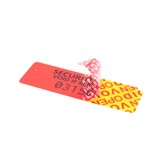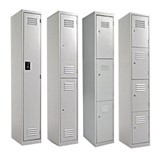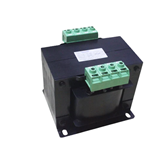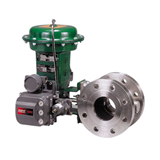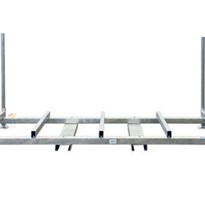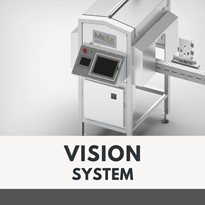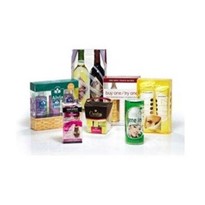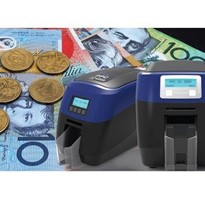The introduction of the new FSMA Act and the tightening of industry standards is forcing food manufacturers to be more proactive in reducing their food safety and product security risks.
Along with plastic and glass, metal fragments are one of the most commonly found physical hazards/contaminants in food. These may enter the product stream with incoming raw materials and result from equipment wear and tear (work-hardened stainless steel fragments). Metal contamination in the final product can have serious implications for the companies involved, including product recall, loss of customer trust, legal and financial damage, and product wastage.
Increasing foreign metal fragment control will increase your product security, and in turn, help increase the profitability of your business.
Here are 3 steps you can employ in your food manufacturing plant to greatly reduce risks.
1. Plant Risks Assessments/Magnet Validations
Magnet Validations (or 'magnet audits') assess the effectiveness of your existing magnetic separators and areas where metal contamination risks are present. Collected data is compiled into a Magnet Validation Report which contains recommendations for increasing control in medium-high risk locations.
AMR Consulting are experts in metal fragment control and magnet validations for the food industry - you can learn more about their services here.
2. Effective Magnetic Separators and Metal Detectors
Like metal detectors, magnetic separators are also essential in reducing metal contamination risks and increasing product security. This article discusses how they can effectively work together to control metal fragments.
The information from your current Magnet Validation Report should highlight areas where action is required to reduce risk, and this may require replacing/installing magnetic separators.
Remember, a 10,000-gauss magnet does not mean it is an effective magnet. If maximum metal fragment control is your goal, then it is crucial to also consider factors aside from magnet strength before making a purchase.
Contacting an experienced Magnattack technician will greatly assist in ensuring the magnets you install will provide an increased level of control.
3. Frequent Monitoring Of Magnets And Metal Content
Preventing metal contamination is an ongoing task. Installing magnets and forgetting about them until the next magnet audit is a mistake that has the potential to be very costly. Like most equipment, magnets need to be closely and frequently monitored.
Frequent monitoring and cleaning of your magnets will help you gain control over metal. Establish a system in your company that sets out how often magnets should be checked and cleaned, and ensure that records are kept.
Increasing Your Product Security
Following these 3 steps and taking a practical, pro-active approach to reducing metal fragments in your process lines will greatly assist in controlling metal contamination, increasing product security, and increasing profitability.
Magnattack Global has a team of qualified and experienced technicians that are ready and able to help you reduce risks. Book a free consultation today or browse Magnattack Globals effective magnetic separation systems here.



